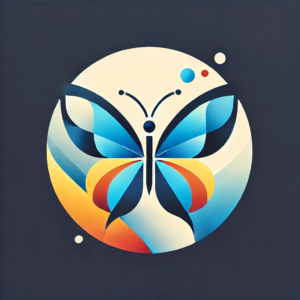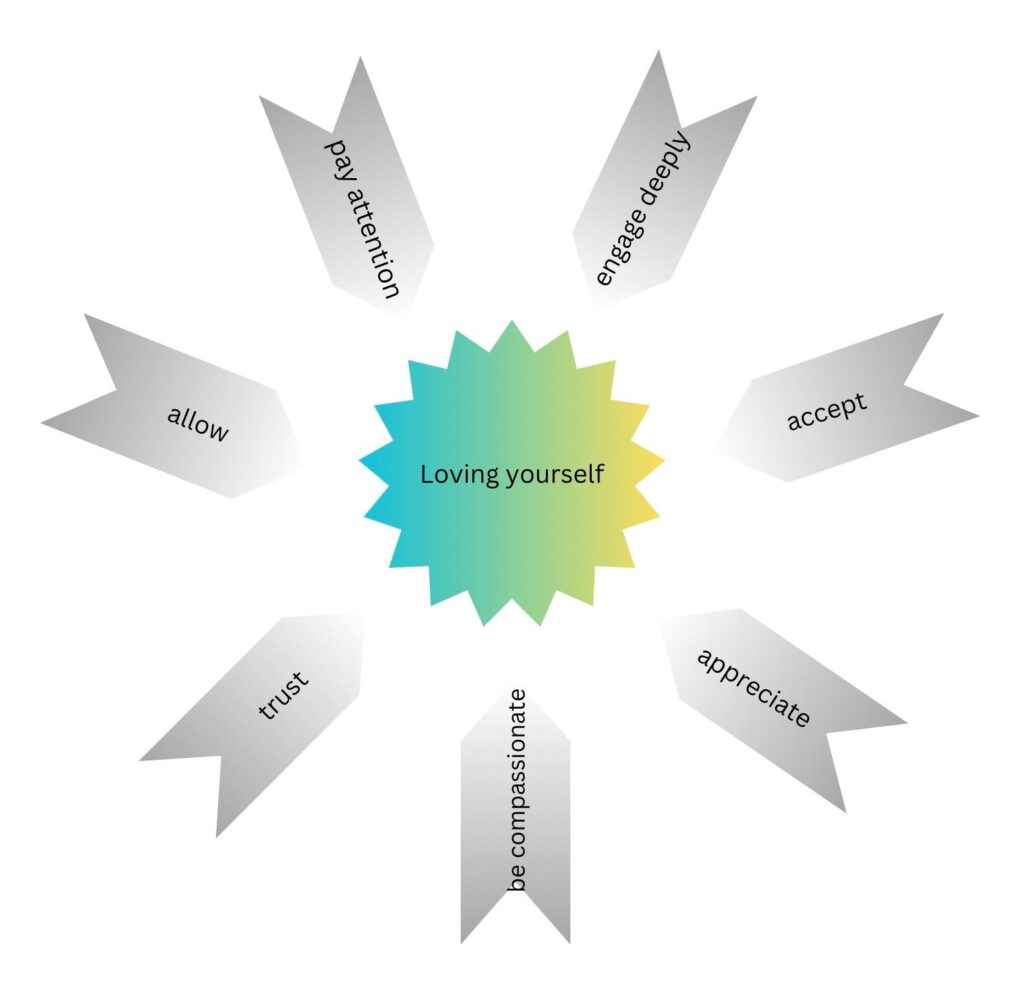
Have you ever been in a serious business meeting, where composed, professional people are calmly exchanging ideas, only for the atmosphere to suddenly erupt into chaos because of one person’s reaction? The tension spreads like wildfire, and the meeting quickly devolves into something resembling a playground squabble.
Depending on our level of awareness at that moment, we might perceive this sudden shift in different ways. We may think the reactions were justified, blame the “other side” (because there’s always another side), feel surprised, or recognize that, despite our years of experience, age, and titles, there are still parts of us that haven’t grown up.
Typically, this awareness begins by noticing it in others before we see it in ourselves. As with everything, others act as mirrors, reflecting us back to ourselves.
Noticing and accepting the unhealed, immature parts of ourselves is always challenging. When these parts are triggered, they surface our early conditionings, repressed memories, suppressed emotions and attachments unexpectedly, catching us off guard.
Even when we do notice them, there’s no guarantee we’ll respond with maturity. There will be moments when, despite recognizing what’s happening within, we cannot control ourselves. We might ask, “Where did this anger come from?” Even when we understand its source, we may still lash out, projecting it onto others. Then comes the guilt, the pain, and the frustration of thinking, I did it again. It’s disheartening, but this is a natural and necessary part of the process.
Believe me, I’ve questioned the healing and transformation process for years. Why does it have to be so difficult? And eventually, I found my answer.
When we heal a triggered wound, we’re actually undergoing a profound personal transformation that deeply nurtures us and helps us face future challenges. There are no shortcuts in this process, and we must learn to navigate it. Broadly speaking, here’s what we go through, one way or another:
We learn to connect with the part of us that hasn’t grown up. We strengthen our connection with ourselves. You could also call this learning to connect with our inner child.
Instead of attaching ourselves to a single emotion, we experience multiple feelings simultaneously. In other words, we realize that more than one emotion can coexist. We notice the love and compassion that emerge from the silence within us. We see that we can answer the question, “What are you feeling now?” not with a sentence but with a long paragraph.
We increase our capacity to face not just one or two but all of our emotions that surface.
If we don’t make space for our emotions or confront them, we become aware of the lengths we’ll go to mask the fear of the unknown.
We learn to live consciously beyond our instinctive reactions (fight, flight, or freeze).
We embrace emotions we’ve ignored or weren’t even aware of. Although emotions, like thoughts, are part of being human, they, too, come and go. Our emotions are excellent tools for opening ourselves to new experiences and realizing we’re alive. But they’re not the goal, just as being happy isn’t the goal.
We revisit the stories we’ve written based on our life experiences and evaluate them with our adult selves. If necessary, we rewrite these stories and put them into practice. We understand the nature of our inner beliefs.
As we go through our transformation, we start to notice the discomfort we create around us and include that in our awareness too. We expand our sensitivity. As we change, our relationships change, and the mirrors we hold up for each other shift as well. This requires a kind of management too.
Regardless of the level of our awareness, we understand that we’re all equal on the journey of self-discovery and appreciate the value of holding up mirrors for each other. Bad ceases to be bad, good ceases to be good, and everything turns into experience. We realize that the healing sessions we’ve attended or the hours we’ve spent in silence neither propel us forward nor hold us back on this path.
Each of the processes I’ve described above is an intense journey in itself. Their parallel development leads transformation into a natural process unique to each individual and humanity as a whole. As our nervous system rebuilds itself, repetition of old patterns, indecision, and the pain we feel are natural.
As unappealing as it may seem, pain is necessary for us to recognize and accept ourselves. Pain is an excellent teacher. Aiming for a life without pain is akin to living like a robot. Instead of trying to remove pain from our lives, accepting that we feel pain will deepen us. I’m not saying we must constantly suffer. Once we understand the reason for our pain, it ceases to be pain and transforms into experience.
The anger we feel in moments when we wear masks we don’t want to wear transforms into compassion—and that is pure love.
We know it takes nine months for a baby to be born or seasons for a seed we plant to bear fruit. So why don’t we accept that personal awareness follows a natural process that requires time and effort?
Just as we can’t divide a nine-month pregnancy among nine women to shorten it to one month, we can accelerate the transformation process with focused effort, but we can’t eliminate it.
As the truths we’ve believed in for years dissolve, new connections form, and our nervous system reshapes itself, we need time to digest and manage this process.
Every transformation prepares us for another and, unknowingly, triggers transformations in others. If all these changes happened rapidly at the same time, society would likely be in disorder.
Not only personal but also societal transformations need to be digested—one step forward, two steps back… two steps forward, one step back. This, too, takes time. It requires effort.
Let’s not forget that transformation is not the goal. It’s part of living in harmony with ourselves, and there’s absolutely nothing wrong with enjoying it along the way.



Loving yourself is not selfish; it’s essential. It’s the foundation upon which you build your relationships, your confidence, and your overall well-being.
When you love yourself, you:
1. *Accept your imperfections*: You recognize that nobody is perfect, and that’s okay.
2. *Practice self-care*: You take care of your physical, emotional, and mental health.
3. *Develop self-compassion*: You treat yourself with kindness, understanding, and patience.
4. *Build self-confidence*: You trust yourself, your abilities, and your decisions.
5. *Set healthy boundaries*: You learn to say “no” to things that drain your energy and say “yes” to those that nourish your soul.
Loving yourself also means:
– Embracing your uniqueness and individuality
– Forgiving yourself for past mistakes and hurtful experiences
– Being gentle with yourself during difficult times
– Celebrating your achievements and accomplishments
Remember, loving yourself is a journey, not a destination. It takes time, effort, and practice, but it’s worth it.
As the saying goes, “You can’t pour from an empty cup. Take care of yourself first.”
How do you practice self-love?
Thank you Rose Anne for sharing your reflections on self love. I agree with you it is a journey.